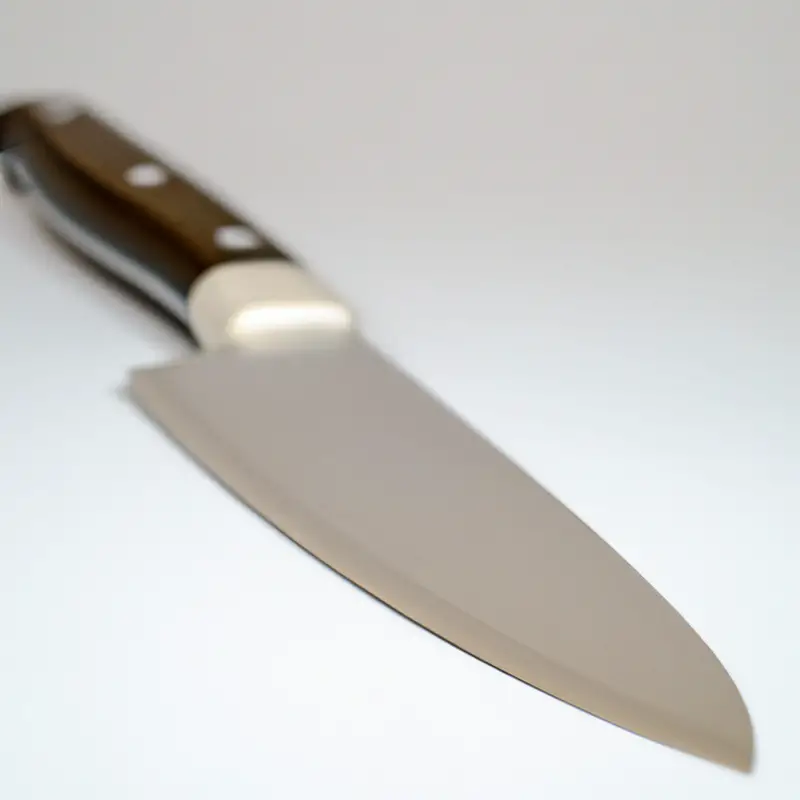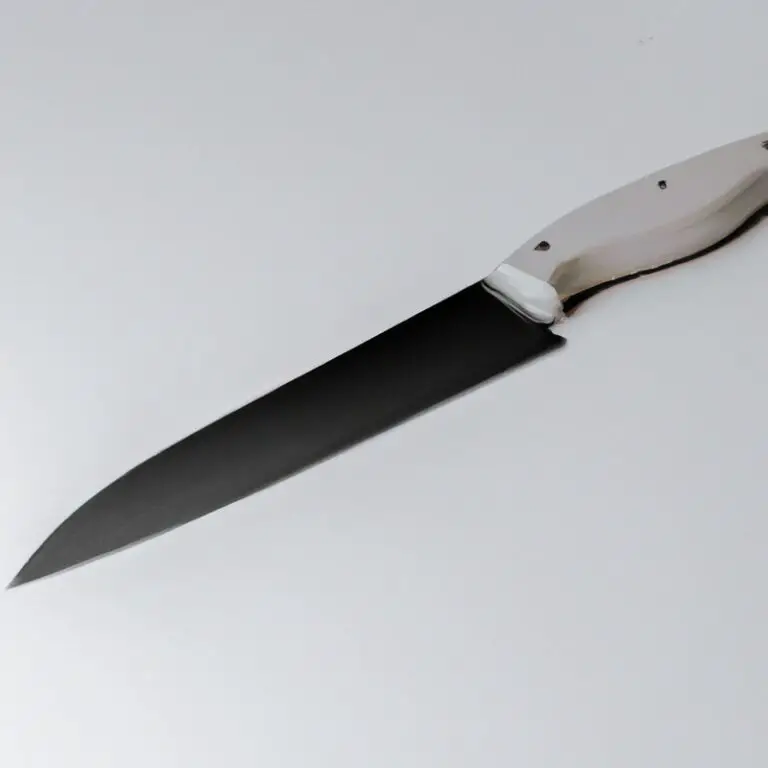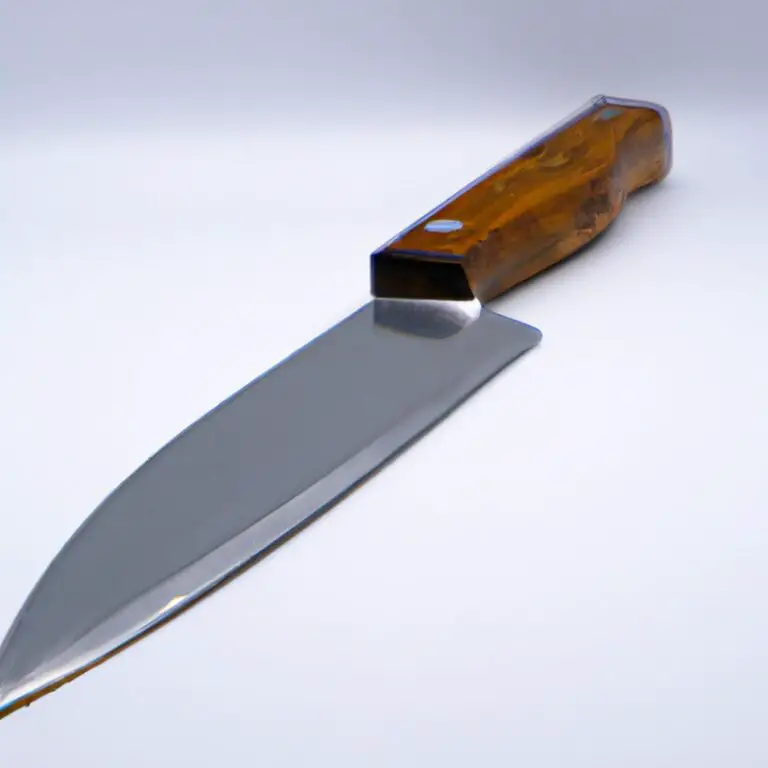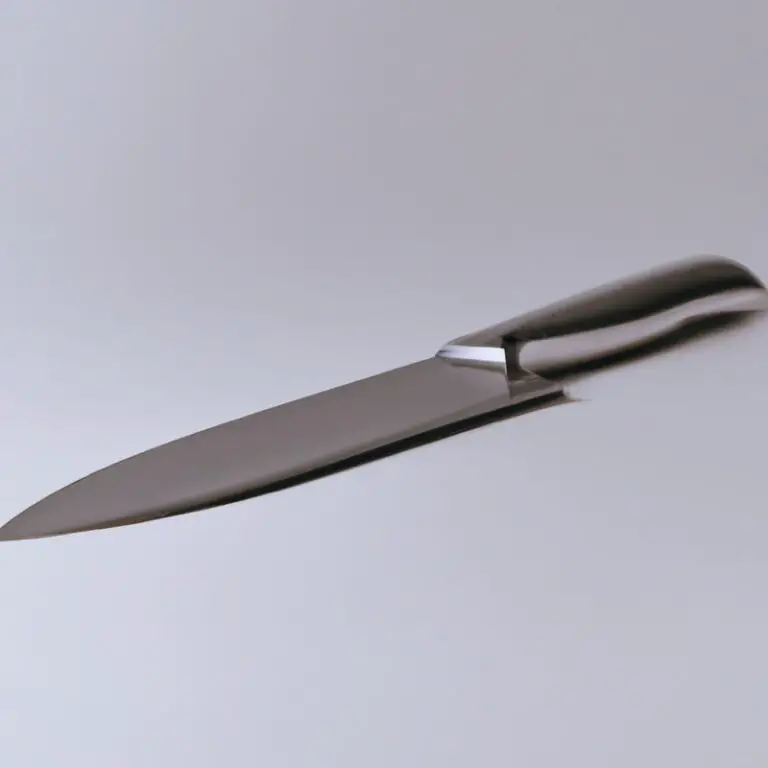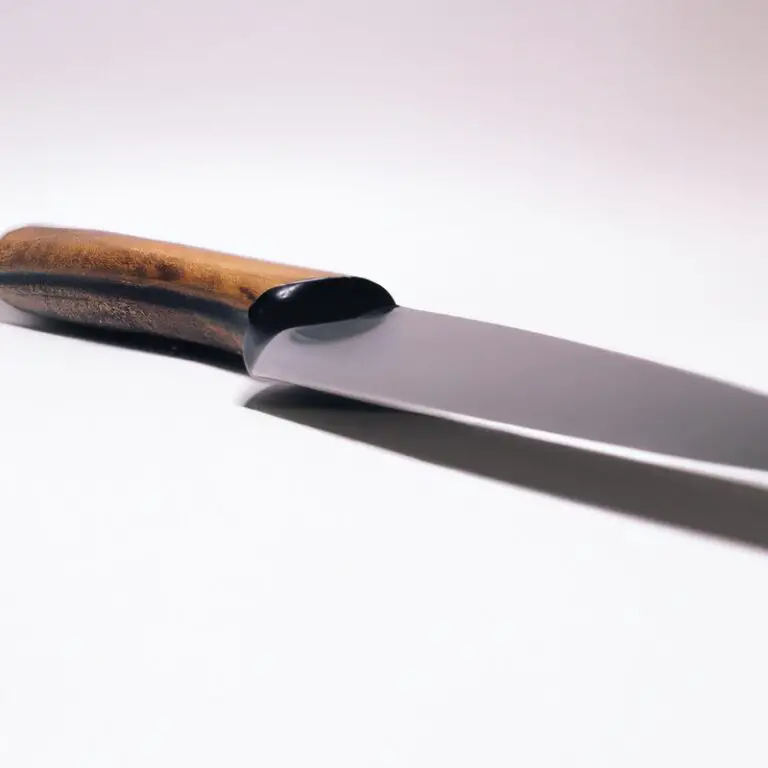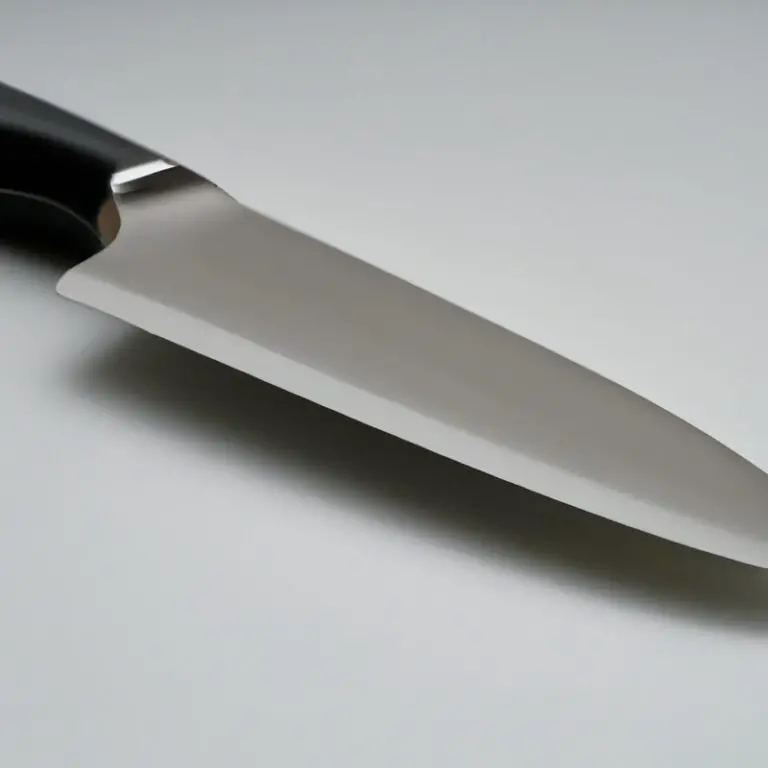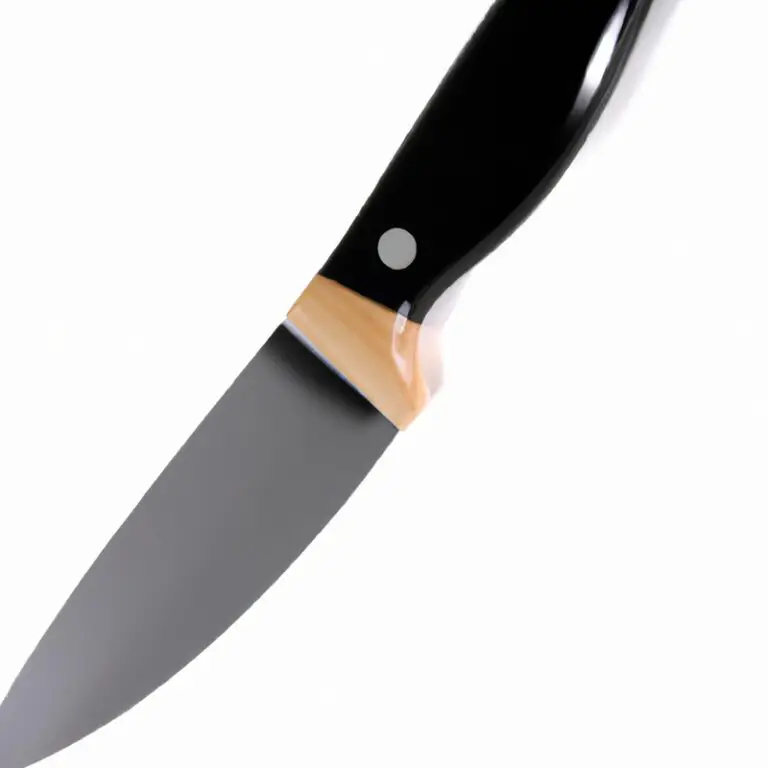What Is The Difference Between a Chef Knife And a Slicing Knife? Slice It Up!
Key Takeaways:
- Chef knives are versatile and can be used for a variety of tasks, while slicing knives are specifically designed for slicing meats and poultry.
- Chef knives have a curved blade that allows for a rocking motion, while slicing knives have a straight blade for precision slicing.
- When choosing between a chef knife and a slicing knife, consider the type of food you will be preparing and the specific tasks you will need to perform.
- Investing in high-quality knives, regardless of type, can greatly improve your cooking experience and overall results.
Are you tired of using the wrong knife for the task at hand? Have you ever wondered what sets a chef knife apart from a slicing knife?
Understanding the distinct features and practical uses of each knife can make all the difference in your culinary skills.
From the blade angle to the weight factor, every detail plays a crucial role. As someone who has spent years perfecting my cutting techniques, I am excited to share my expertise and help you choose the perfect knife for your kitchen needs.
Let’s dive in!
| Chef Knife | Slicing Knife |
|---|---|
| Designed for chopping, mincing, and dicing | Designed for slicing meat and poultry |
| Thick and sturdy blade | Thin and flexible blade |
| Straight or curved blade | Long and straight blade |
| Blade length ranges from 6 to 14 inches | Blade length ranges from 8 to 14 inches |
| Used to cut vegetables, fruits, and herbs | Used to cut cooked meats and poultry |
| Weight is balanced between the blade and handle | Weight is towards the tip of the blade to allow for better control when slicing |
| All-purpose knife for a variety of kitchen tasks | Specially designed for a specific task of slicing meats |
Understanding the Anatomy of Knives: Chef Knife vs. Slicing Knife
Understanding the anatomy of knives is crucial in selecting the right tool for the task at hand. Chef knives are designed to be versatile, with a curved blade and a pointed tip for chopping and mincing.
Slicing knives, on the other hand, have a longer, thinner blade with a more pronounced curve, ideal for precise slicing of meats and fish.
The angle of the blade is another key difference, with chef knives having a lower angle for tougher jobs and slicing knives having a higher angle for ease of use. Size and weight can also vary, with chef knives being heavier and slicers being more lightweight.
Materials used in their construction, handle design, and maintenance are other factors to consider when selecting the right knife.
The Purpose of Chef Knives: What Makes Them So Versatile?
Chef knives are highly versatile and are considered the most essential tool in any kitchen. With a blade length ranging from 6 to 12 inches, chef knives can be used for a variety of tasks, including chopping, mincing, slicing, and dicing.
The curved blade of a chef knife allows for a smooth rocking motion, making it easier to chop herbs and vegetables quickly.
The flat edge of a chef knife can also be used for crushing garlic or ginger. Additionally, the spine of the blade can be used to tenderize meat or poultry.
Due to their versatility, chef knives are perfect for both professional and home chefs.
The Specifics of Slicing Knives: Designed for Precision Cutting
Slicing knives are specifically designed for precision cutting, making them ideal for slicing cooked meats, vegetables, and fruits. Their blades are long, narrow, and thin, allowing them to make clean, straight cuts with minimal effort.
Unlike chef knives, slicing knives feature a straight edge that makes it easier to maintain a consistent angle while slicing.
Additionally, the blades of slicing knives are typically thinner and more flexible than those of chef knives, enabling them to glide through food with ease. If you frequently prepare roasts, hams, or other large cuts of meat, a slicing knife is essential for achieving uniform slices.
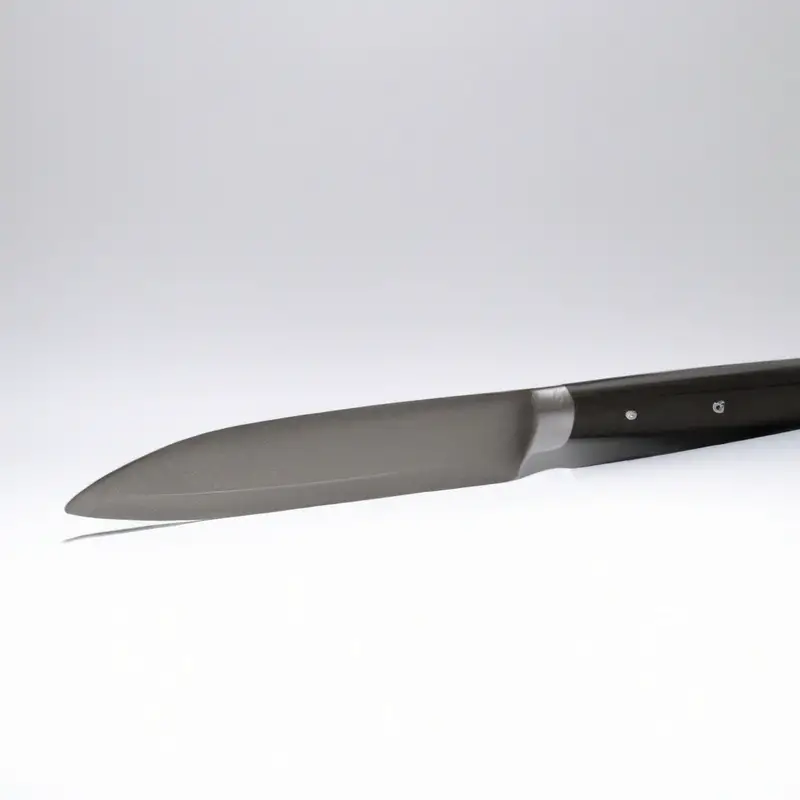
The Blade Angle: A Key Difference Between Chef Knives and Slicing Knives
The blade angle is a crucial factor that differentiates chef knives and slicing knives. A chef knife usually has a blade angle of around 20 degrees while a slicing knife has a sharper blade angle of approximately 14 degrees.
The angle of a chef knife’s blade gives it more versatility to handle a wider range of tasks such as chopping, dicing, and mincing with ease.
Conversely, the sharper blade angle of a slicing knife is designed mainly for precision cutting, making it ideal for slicing meats, fish, and delicate foods in a smooth motion. So, while both types of knives have similar uses, the different blade angles make them better suited for specific cutting tasks.
Choosing the Right Size: Which Knife is Best for Your Tasks?
Choosing the right size of a knife is essential in getting the desired results from your cutting tasks. A chef knife typically ranges from 6 to 14 inches long, while a slicing knife ranges from 8 to 14 inches long.
When picking a knife size, consider the size of your hands and the types of food you’ll be cutting.
For smaller hands or cutting smaller items, a shorter knife may be more comfortable and efficient. For larger hands or cutting larger items, a longer knife may be more suitable.
It’s worth noting that longer knives don’t always necessarily mean better.
A longer knife may be too cumbersome for delicate and precise tasks, while a shorter knife may not be able to handle larger food items. Ultimately, the right knife size depends on your personal preferences and the specific tasks you’ll be using the knife for.
Consider the size of your hands and the types of food you’ll be cutting before making a decision.
Materials Matter: Comparing the Metals Used in Chef and Slicing Knives
The metals used in chef and slicing knives play a critical role in their overall performance and durability. High-quality knives are usually made of stainless steel, carbon steel, or ceramic.
Stainless steel is highly resistant to corrosion and retains sharpness for an extended period, making it a popular choice.
Carbon steel is tougher, holds an edge for longer, but requires more maintenance to prevent rusting. Ceramic blades are lightweight, incredibly sharp, and do not corrode or rust.
However, they are also brittle and can chip or break if mishandled.
Ultimately, the choice of material depends on individual preferences and needs.
The Weight Factor: How It Impacts Your Cutting Techniques
The weight of a knife can play a vital role in your cutting technique. A heavier knife can cut through denser and tougher foods with ease, while a lighter knife is more suitable for precise and delicate cuts.
Chef knives are usually heavier and designed to handle a wide range of tasks, from mincing to chopping.
On the other hand, slicing knives are lighter, allowing for more control and precision when slicing meats and vegetables. It’s crucial to choose a knife that balances comfort, control, and cutting power to ensure an efficient and safe cutting experience.
Don’t forget to practice proper technique to avoid potential risks and maximize the benefits of your knife.
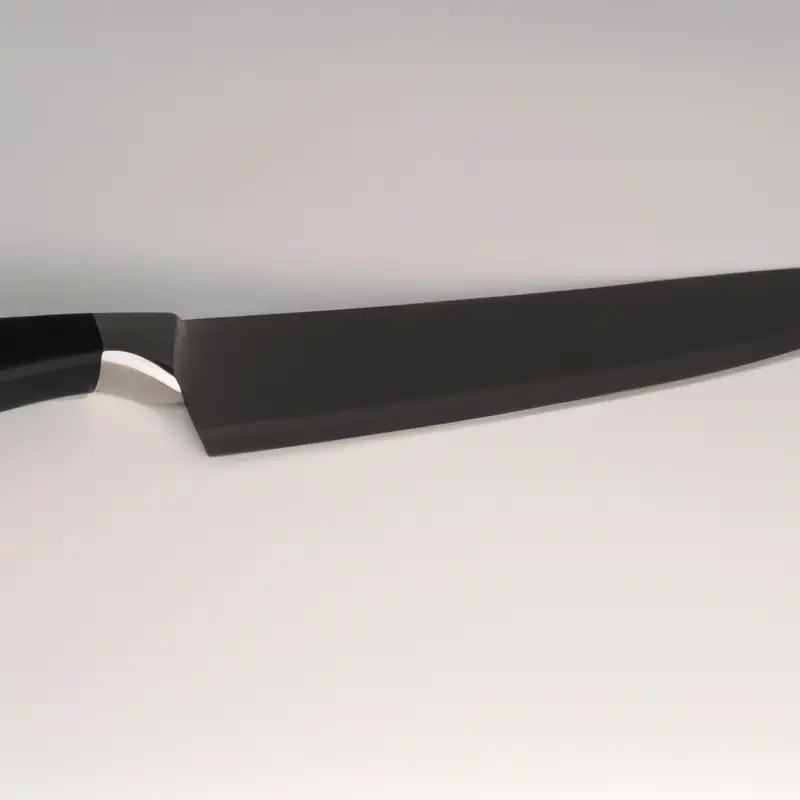
The Handle Makes a Difference: The Ergonomic Design of Chef and Slicing Knives
The handle is a crucial aspect when choosing a chef or slicing knife. When it comes to comfort and safety, the handle design plays an important role in ensuring ease of use.
A good handle should fit comfortably in your hand and provide a secure grip, which diminishes fatigue and reduces the risk of slippage.
Ergonomic handles are designed to fit the natural curve of the hand, and they vary in shape and texture. Handles made of rubber, plastic, or wood with a non-slip grip is a popular choice for professional chefs, reducing the risk of accidents and injuries in the kitchen.
It is important to choose a handle that is in proportion to the blade, making the knife well-balanced and easy to control.
The handle should also be durable and easy to clean. Choose the right handle design that best suits your needs, and you will find that your knife will fit your hand perfectly and make your tasks more comfortable and efficient.
Caring for Your Knives: Maintenance Tips for Chef and Slicing Knives
To keep your knives functioning well, here are some maintenance tips for chef and slicing knives:
- Clean your knives by hand with mild soap and warm water, then dry them off immediately.
- Use a honing rod to realign the blade’s edge after each use.
- Sharpen your knives regularly with a sharpening stone or send them to a professional for sharpening.
- Avoid cutting on hard surfaces such as glass or ceramic plates.
- Store your knives in a separate knife block, magnetic strip, or sheath to prevent dulling or damage.
By following these tips, you can ensure that your knives remain sharp and in good condition for years to come.
Finding Your Perfect Match: Factors to Consider When Selecting the Ideal Knife
When selecting the ideal knife, there are several factors to consider. Firstly, consider your personal preferences and intended use.
Are you looking for a knife for heavy-duty chopping or precise slicing?
Secondly, think about the size and weight of the knife, which can impact comfort and control during use. Materials used in the knife’s construction should also be considered, such as the type of metal used in the blade.
Ergonomic design and handle grip are another important consideration for comfortable and secure handling.
Lastly, always consider the maintenance requirements for the knife and factor in any additional costs for sharpening or upkeep. By considering these factors, you can find the perfect knife to fit your needs and ensure a long-lasting, efficient, and comfortable experience.
Final Verdict
Understanding the difference between a chef knife and a slicing knife is crucial for anyone who wants to perfect their culinary skills. Chef knives are versatile, all-purpose knives that can handle all your kitchen tasks, while slicing knives are specifically designed for precision cutting of meats, poultry, and fish.
The blade angle, size, materials, weight, and handle design all contribute to the unique features of each knife.
By choosing the right knife for the job and taking care of it properly, you can elevate your cooking game and impress your guests. We hope this article has provided you with the knowledge to confidently choose the perfect knife for your needs.
Remember, investing in a high-quality knife is an investment in your cooking skills.
Happy slicing!

